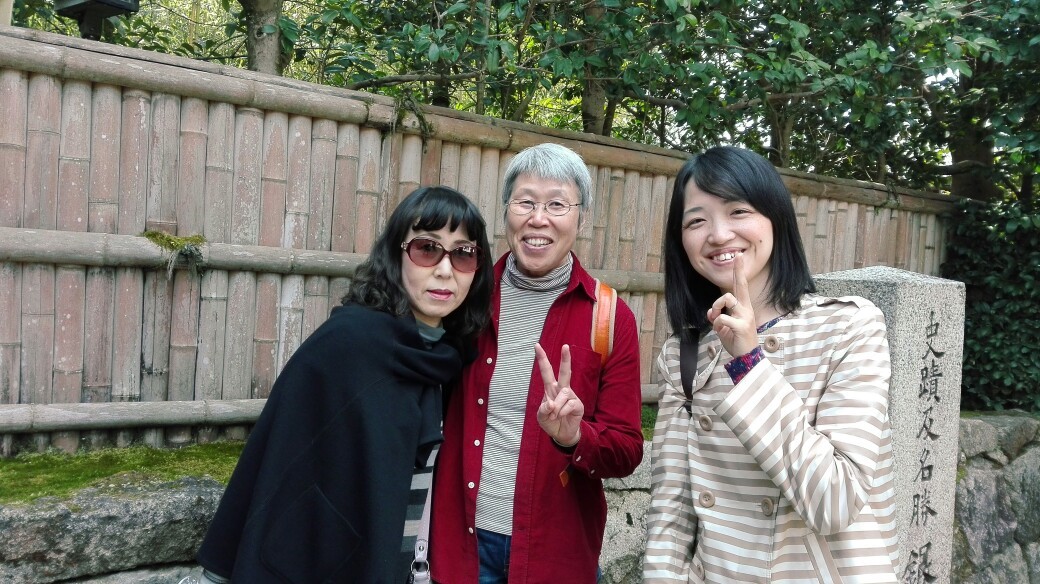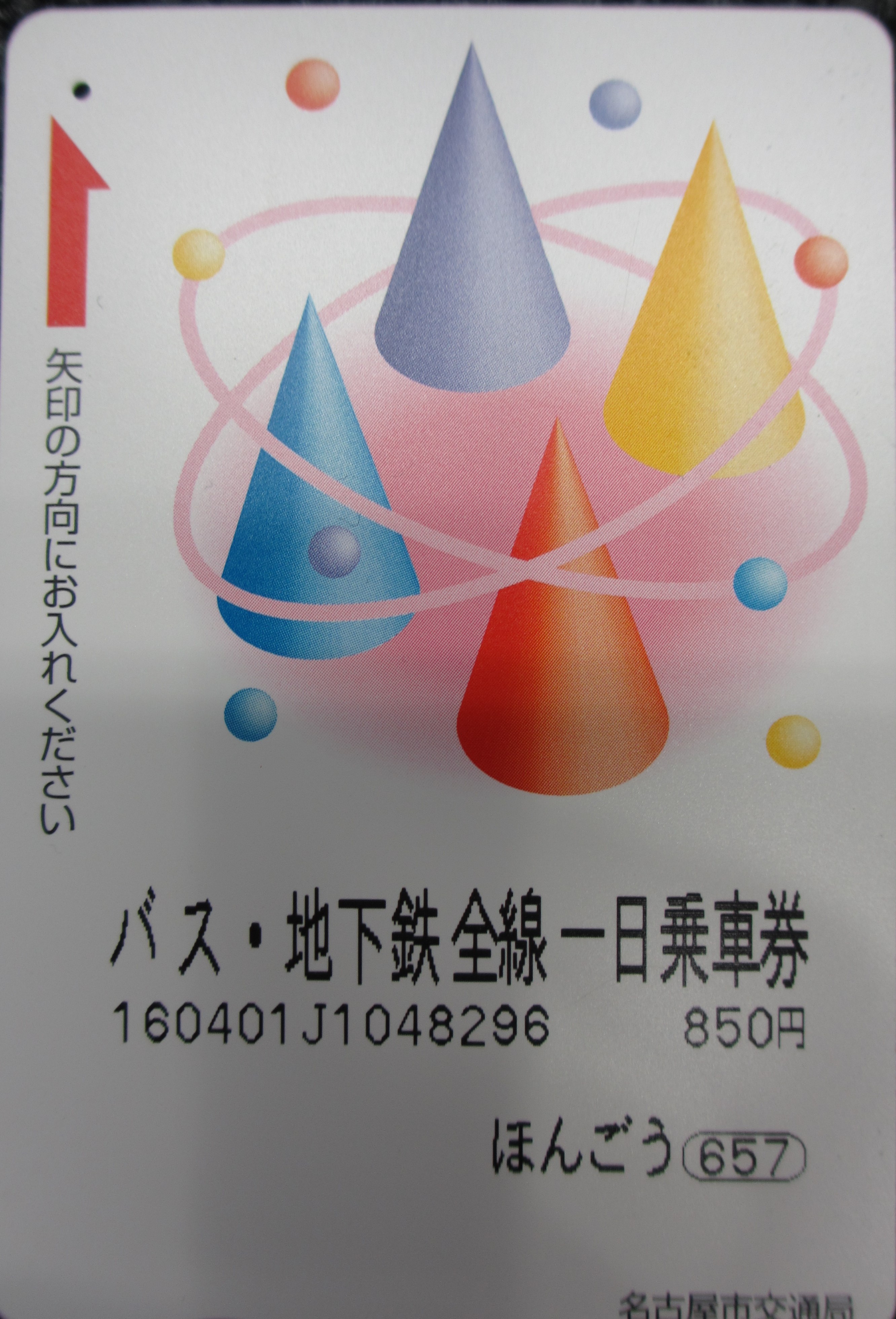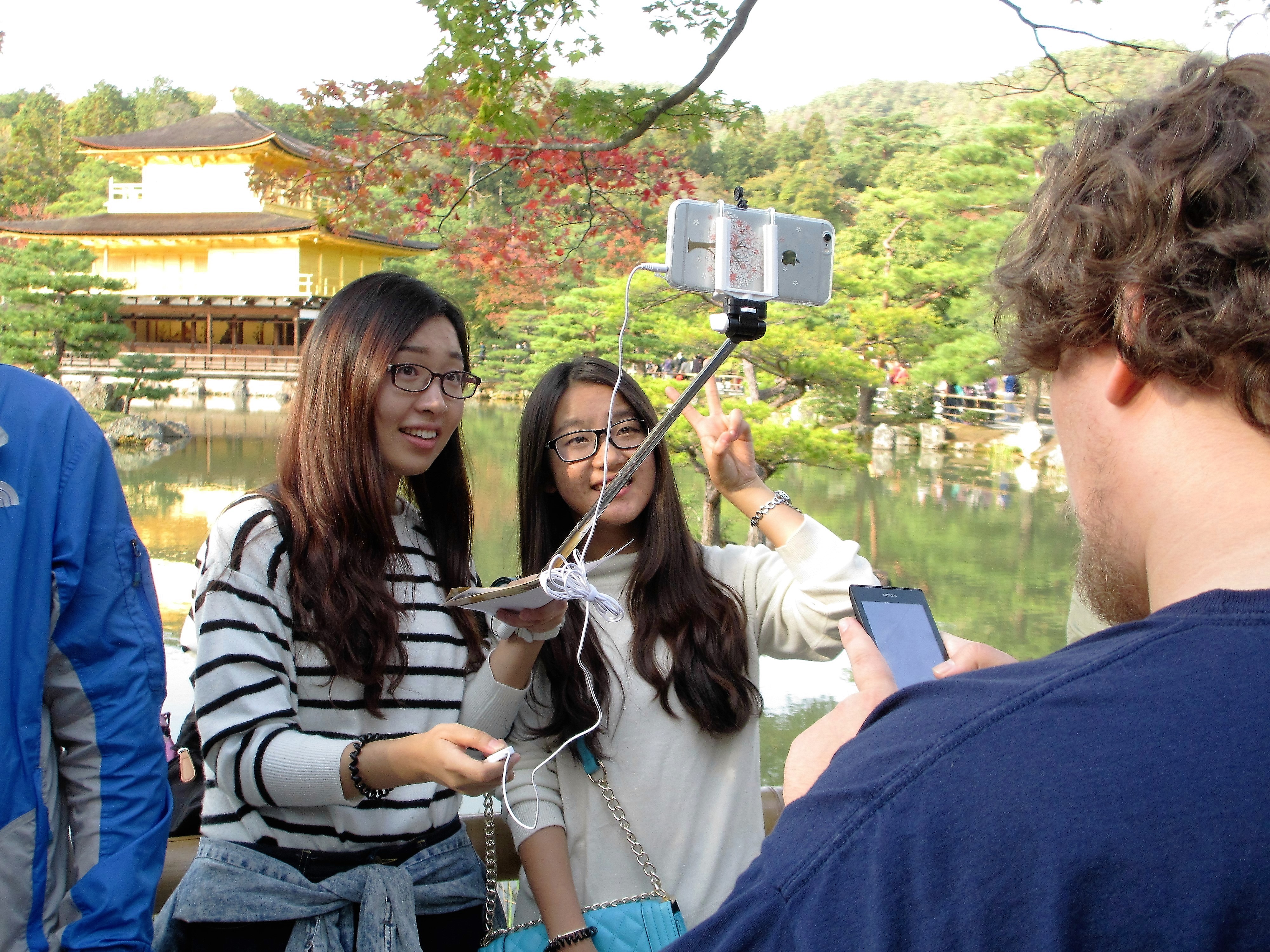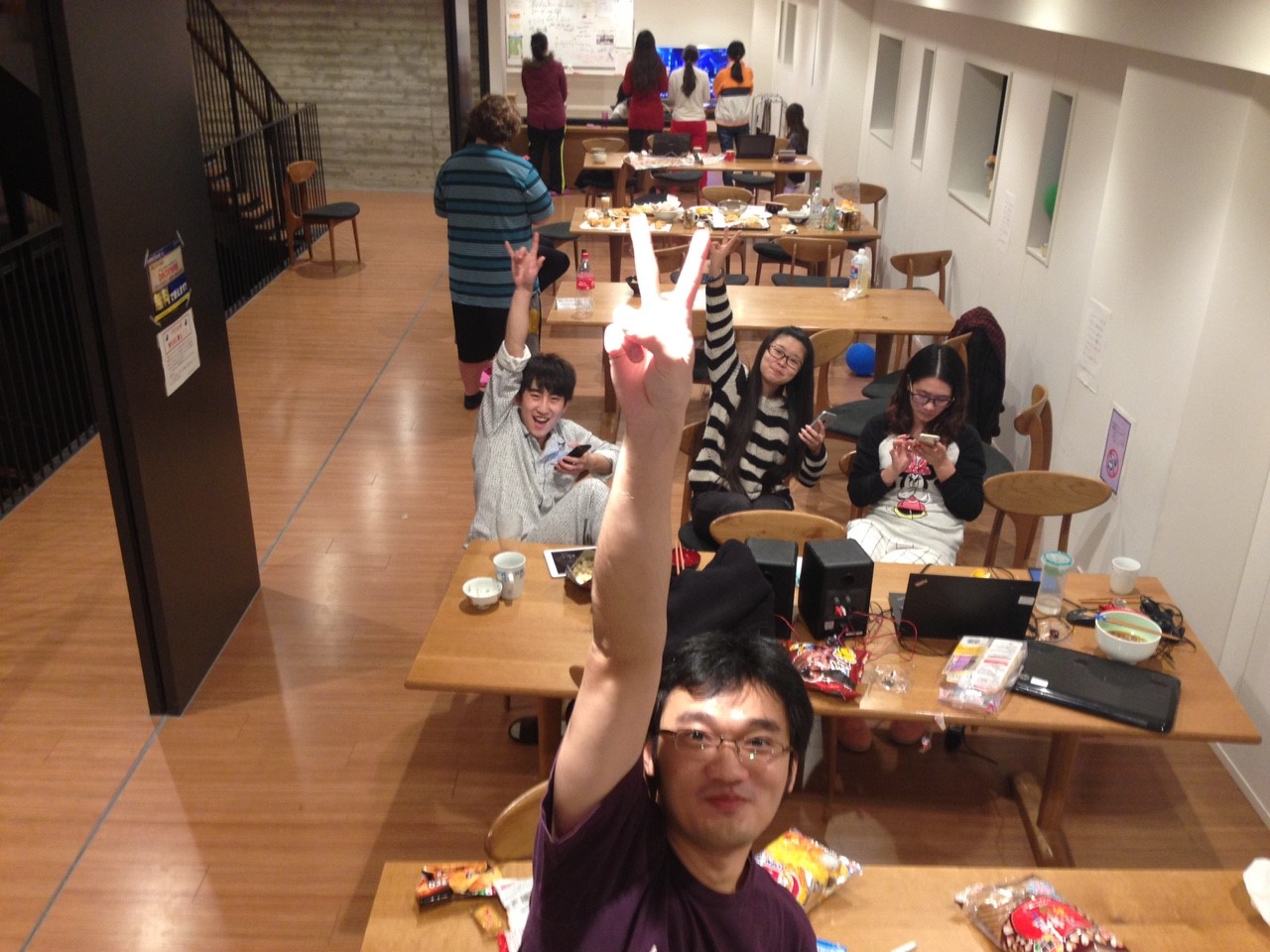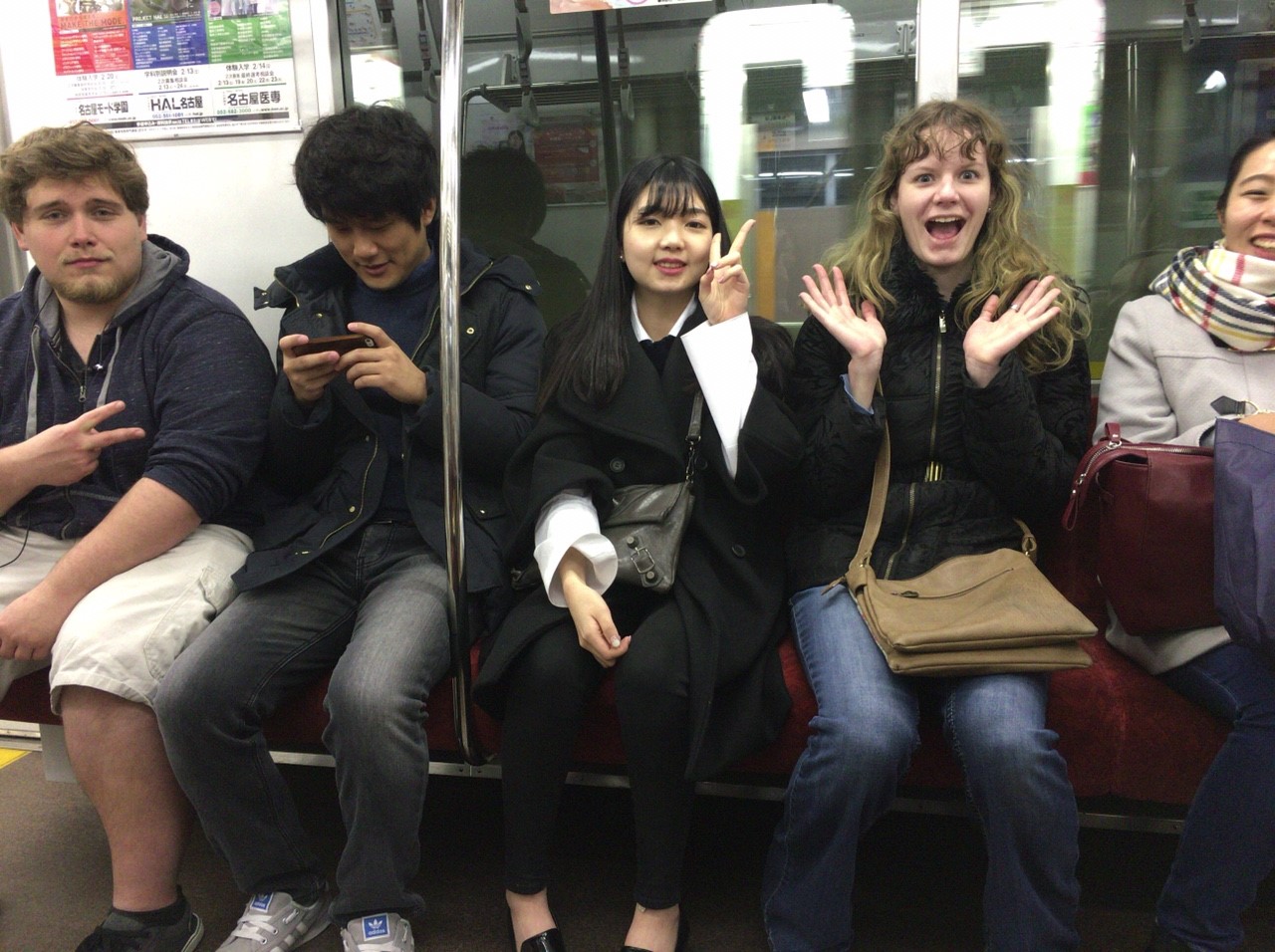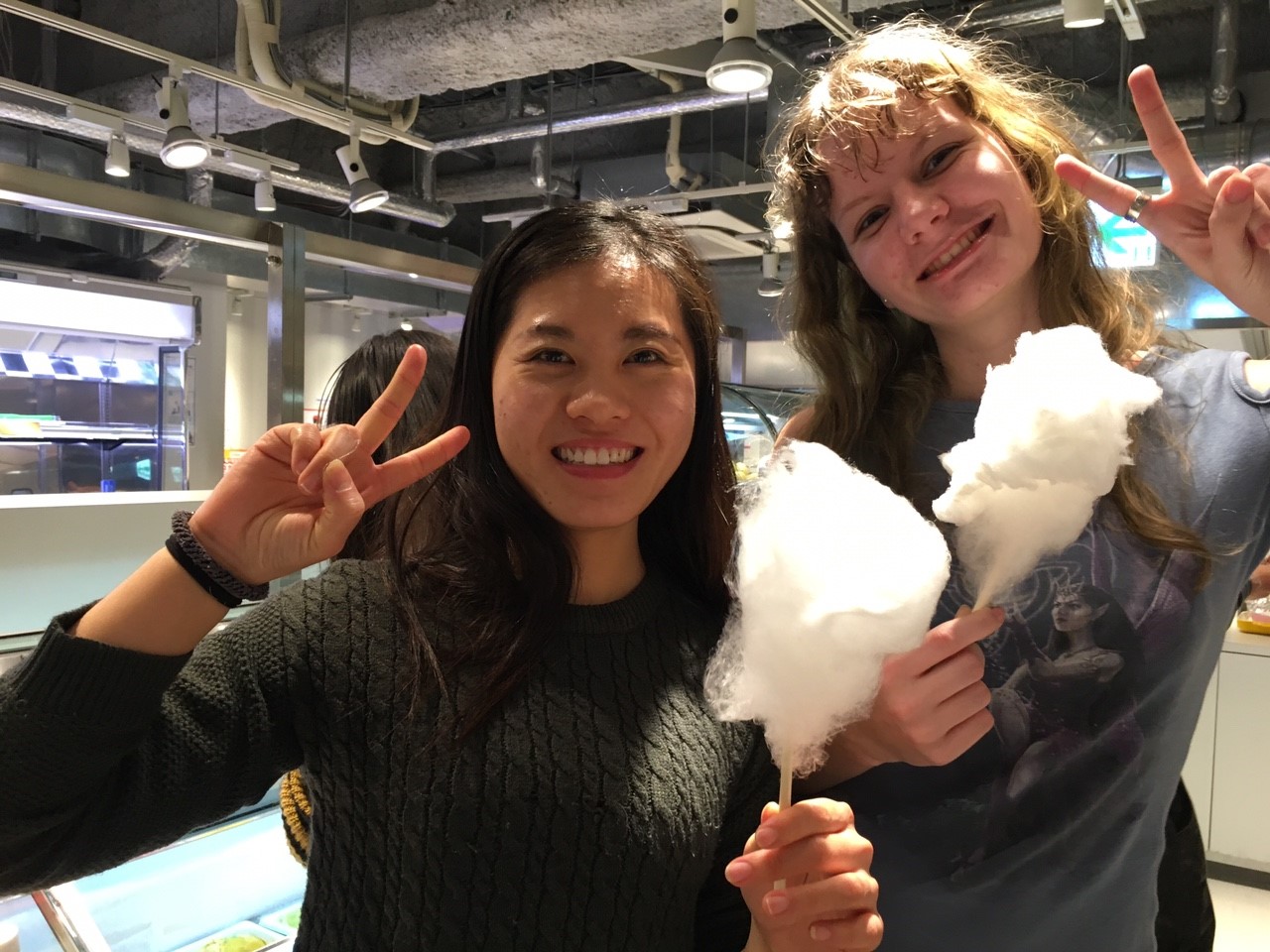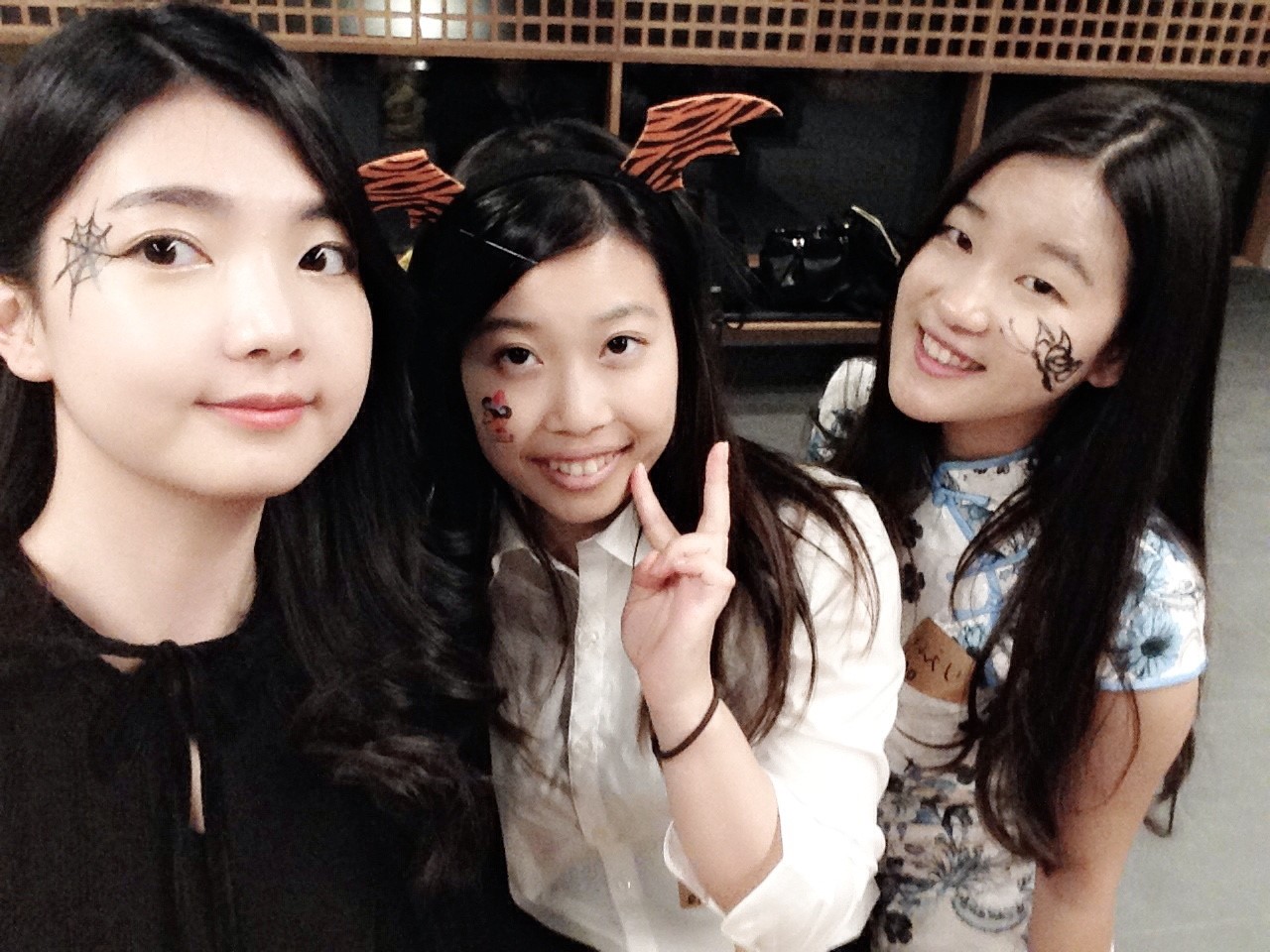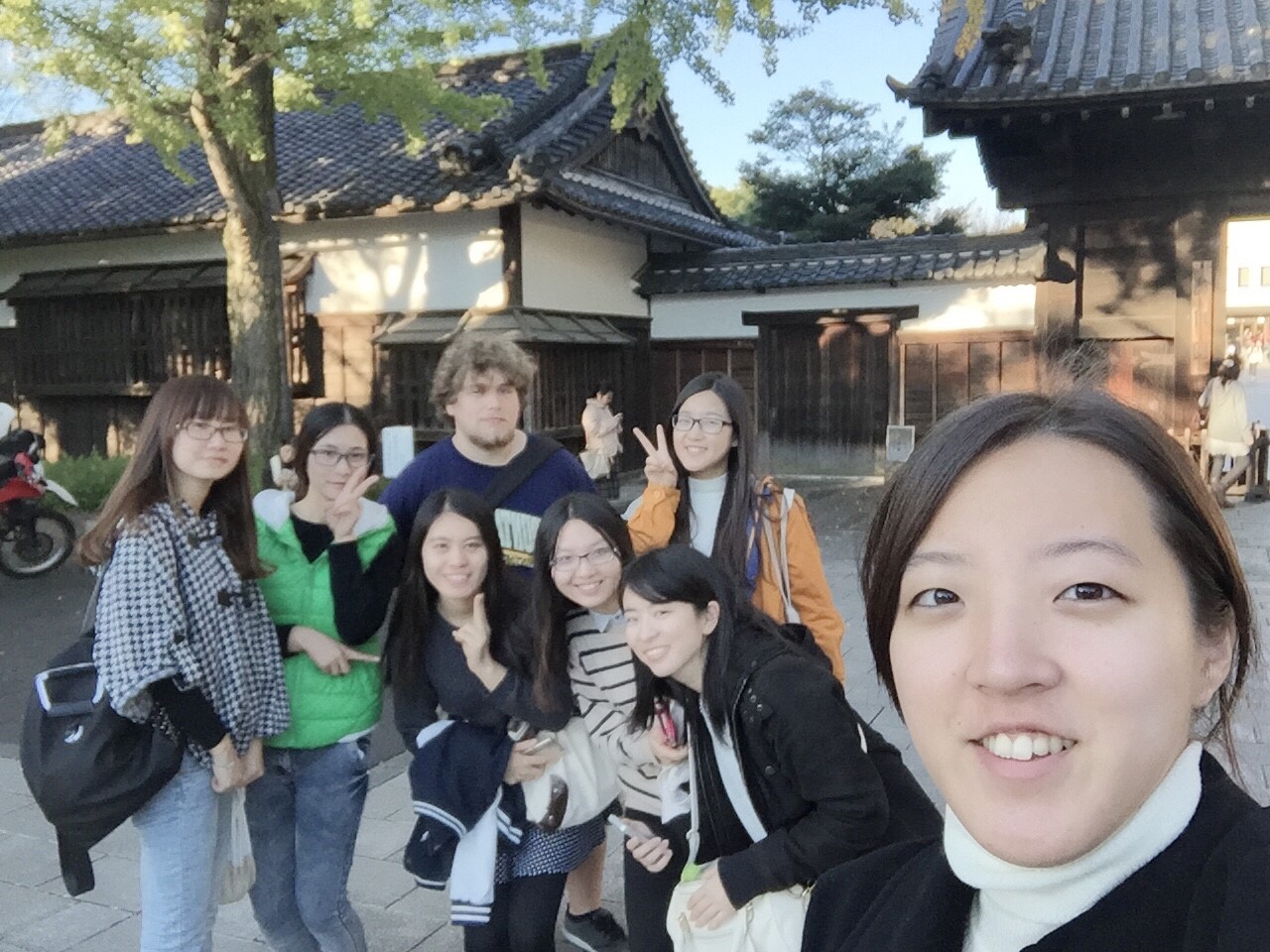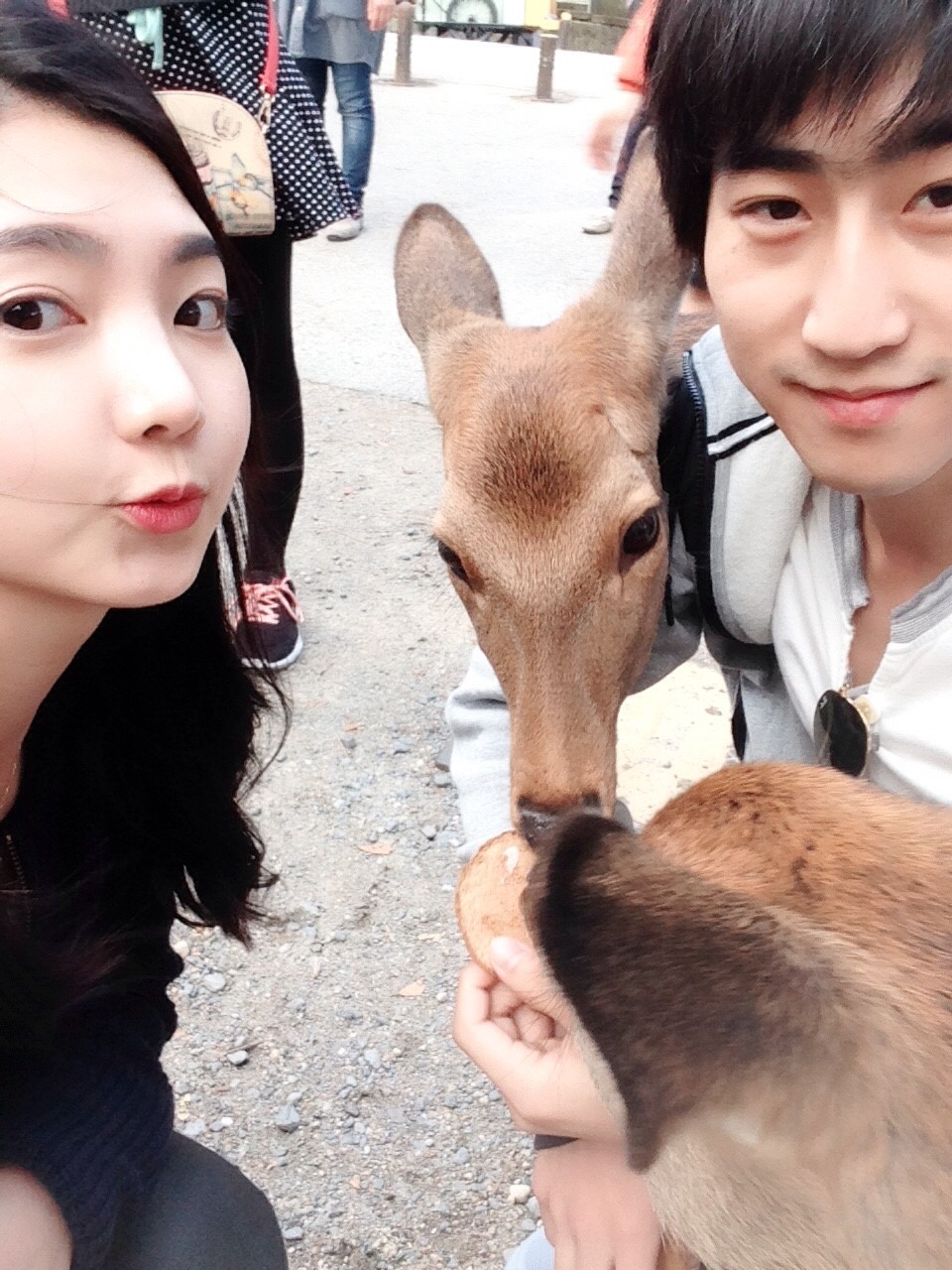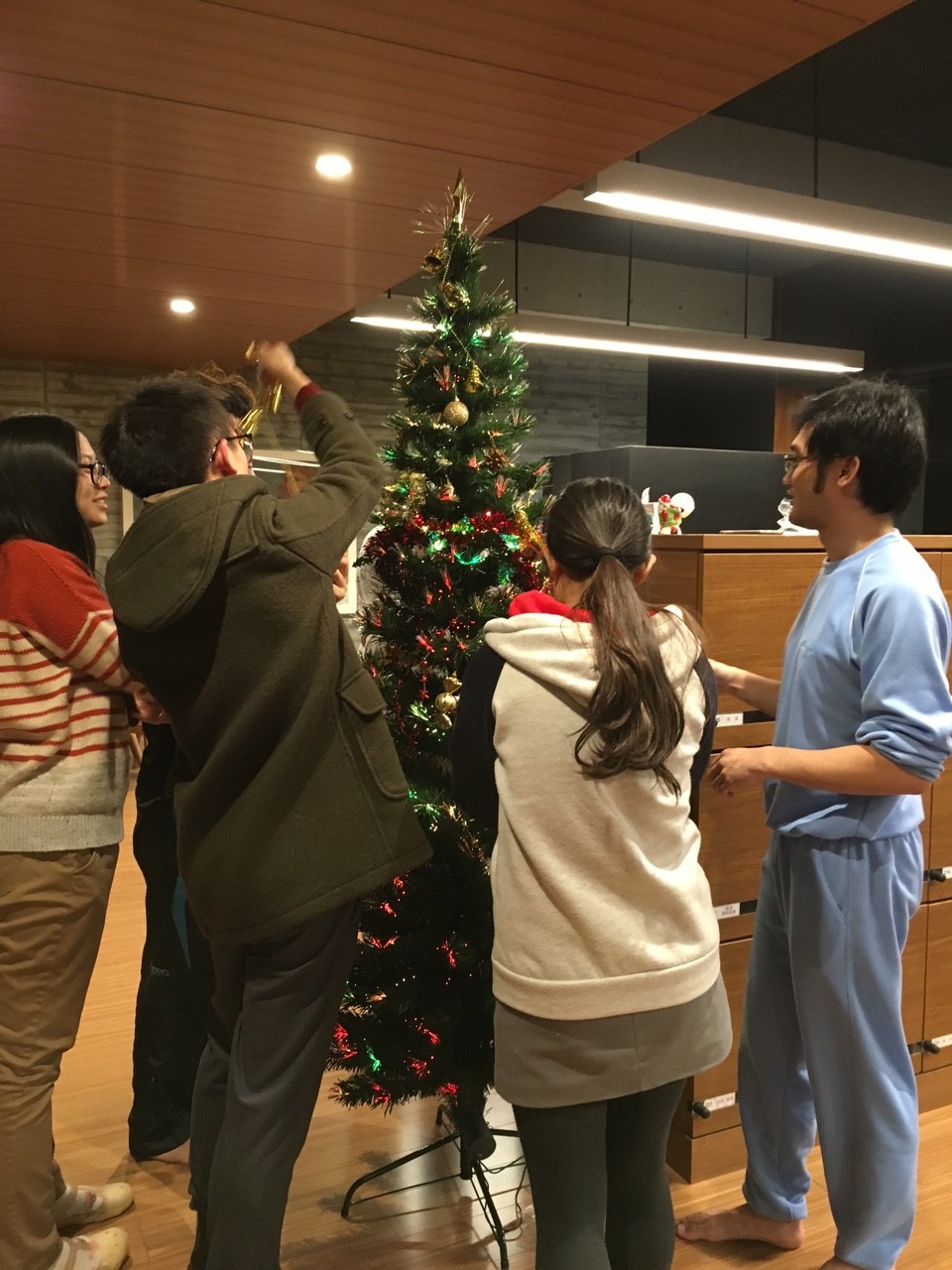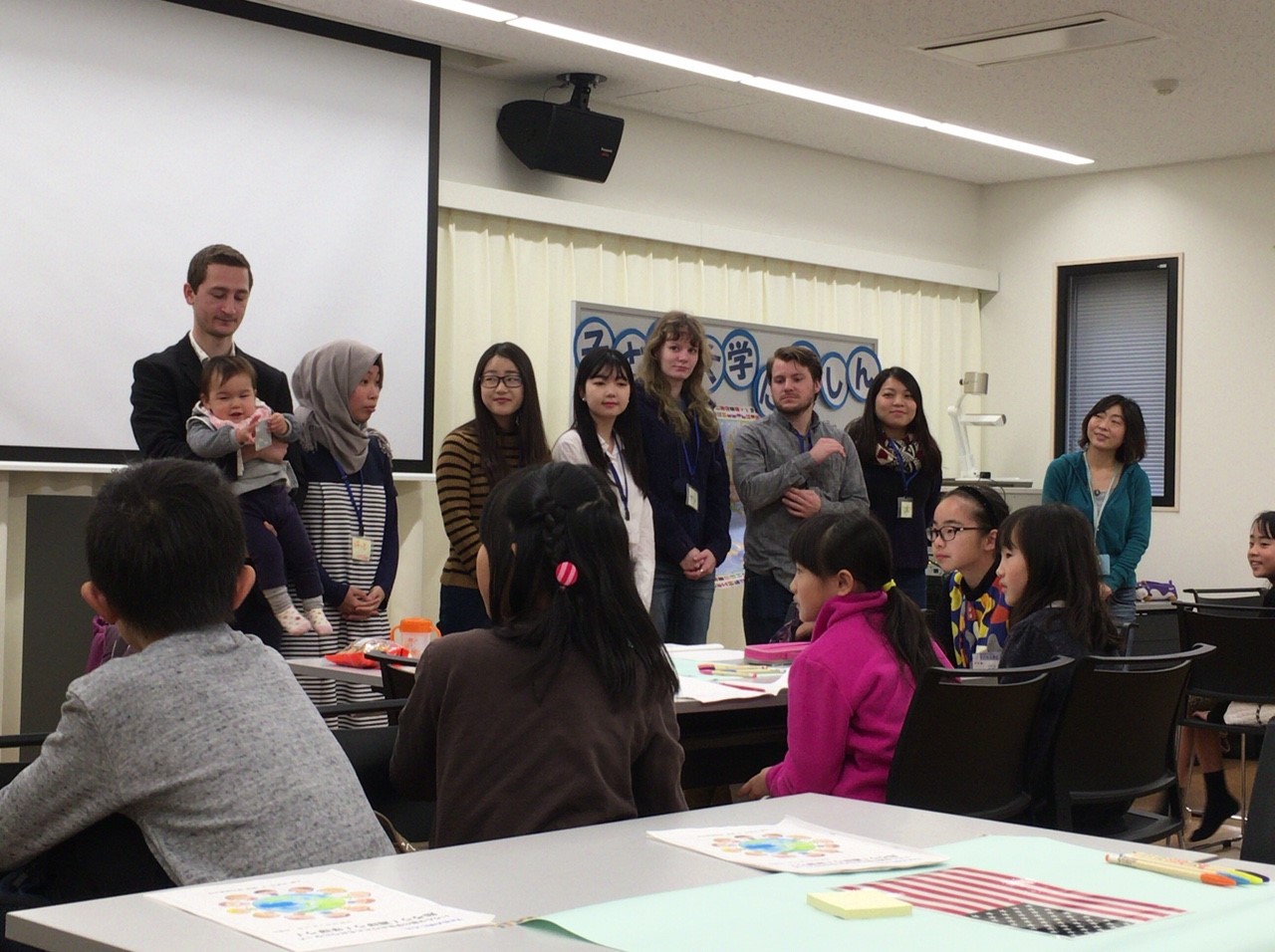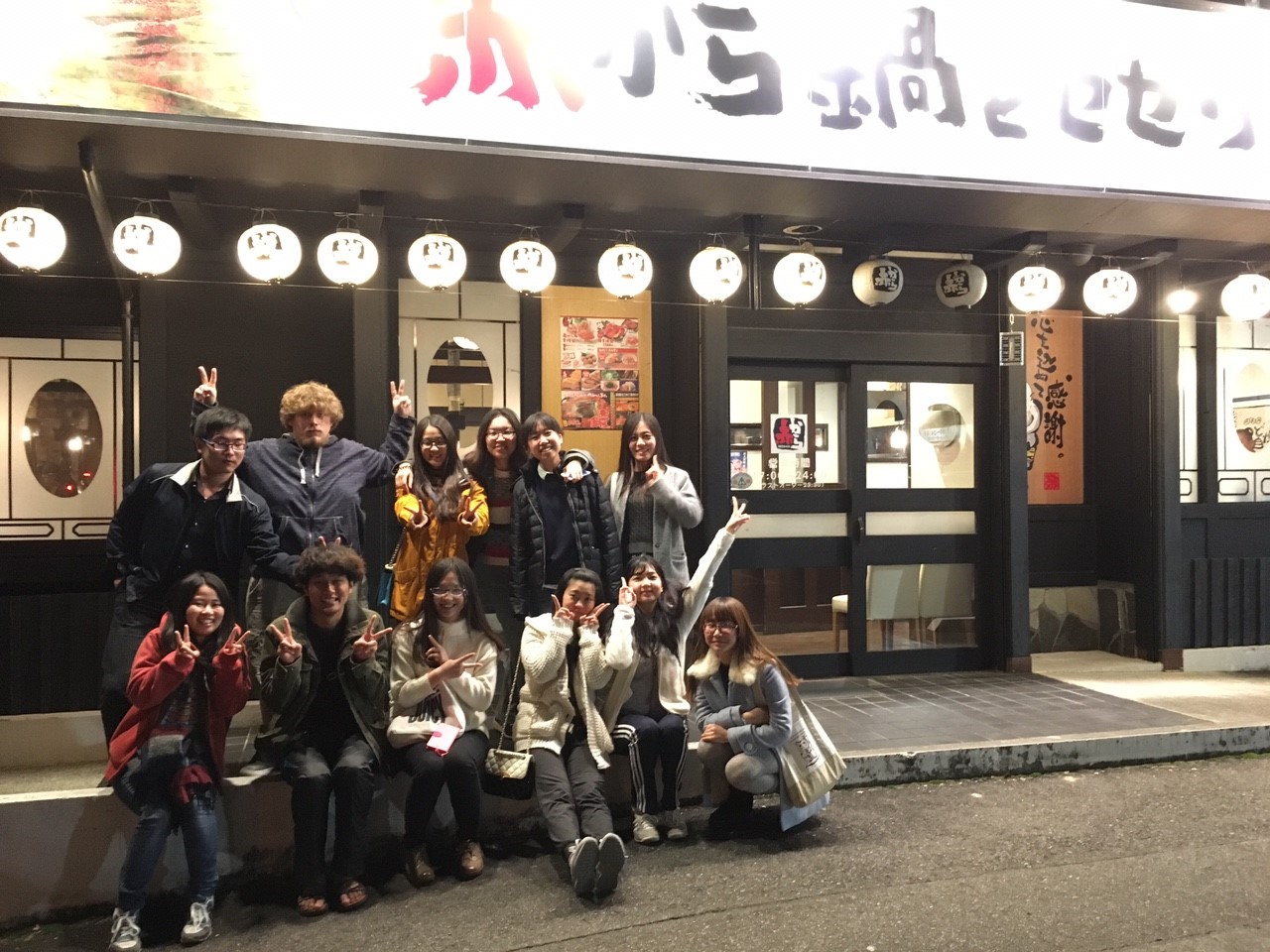- Japanese manners
- Recommended Places
- Daily Travel
- Cost of living
- Teachers
- Life in Japan
Japanese manners
Being polite in Japan can be quite tricky, especially if you don’t understand the language. However, with this little guide, you’ll understand at least the basic Japanese manners. This way you’ll know how to be polite or at least rude on purpose.
Japanese words
Hello |
こんにちは |
Good bye |
さようなら |
Good evening |
こんばんは |
Good morning |
おはようございます |
Good night |
おやすみなさい |
Excuse me |
しつれいします |
Please |
おねがいします |
Thank you |
ありがとう |
I’m going |
いってきます |
I’m back |
ただいま |
Have a good trip |
いってらしゃい |
Welcome home |
おかえり |
Bowing
One of the most well-known features of Japanese manners is bowing as the Japanese people bow a lot. Less well-known are the different types of bows and when to use them.
Hands
While bowing, women and men tend to hold their hands differently. Men have them straight by their sides, while woman tend to cross them in front.
15° bow
This is a very light bow, usually used for greeting your acquaintances.
For this bow, you lightly lean your upper body forward to roughly 15 degrees.
30° bow
A touch more formal bow. Usually you bow like this when you first meet someone or when you’re apologizing.
90° bow
This is a very formal bow; one that a simple Japanese traveler most likely will never use.
Aizuchi
Aizuchi refers to the behavior that signals listening. Many cultures have ways of showing one’s interest in conversation, but they seem to be the most obvious here in Japan.
When a Japanese person talks to you, you should nod or vocalize. This way, it shows the speaker you are listening and are interested in the conversation, but it doesn’t necessarily mean that you agree with it.
House manners
1. Take off your shoes before entering
The rudest thing you can do in a Japanese home is walk in with your shoes still on. You’re expected to take them off at the entrance, at the lowered part of the floor. Afterwards, you can step on the raised part barefoot and change into slippers there. Remember to put your shoes away neatly.
2. Itekimas and Itterashai
As you head out of the I-House, be sure to say “Itekimasu”. It does not matter whether you’re leaving on a grand trip across the whole Japan or just exploring the isles of the nearby 7-Eleven, saying good bye is considered good manners.
If someone else is leaving the house, wish them well on their way with ‘Itterashai’. Again, no matter their destination.
3. Tadaima and Okaeri
Once you return from your marvelous trip to Kyoto or the local convenience store, announce it with ‘tadaima’. You will most likely hear a warm ‘okairi’ in return, as your fellow residence welcome you home.
Table manners
Japanese people really love food and everything connected with it. Unsurprisingly, food is usually present when hanging out with friends; be it eating out in a restaurant, or just cooking a meal together in your own kitchen.
Here are some manners you should keep in mind when you’re eating out with your Japanese friends.
1. Say ‘itadakimasu’ before the meal
The phrase, translating to ‘let’s eat’, is a thing you say before you start eating. Mind you, if you’re not eating, you can’t say this to another person the same way you would wish them ‘bon appetite’.
2. Don’t stab your chopsticks into the rice
To stab the chopsticks into the rice (picture) means that you offer the food to the gods. If you want to eat it yourself, set the chopsticks over the bowl or on the ‘chopstick pillow’.
3. Say ‘Gochisousama deshita’ when you’re done
The phrase translates to ‘thank you for the meal’. When leaving the restaurant, it is customary to say ‘Gochisousama deshita’ as a way to say good bye.
Nagoya campus
I-House
This is the dormitory for Aichi Shukutoku’s international students. Located right on campus, it takes less than five minutes to reach any classroom.
7-eleven/Cafeteria
If you don’t feel like cooking during your lunchbreak you can have a quick meal here. In case you are not all that hungry, you can also just buy a snack or drink at the 7-eleven.
Gym
The university’s gym is free to use for all students. It’s opened from **:** to **:**. You can use the fitness room or play other sports like badminton.
Library
Here, students with a student ID can rent a large number of books and DVDs, free of charge. Late fees not included of course.
International center
If you run into any problems during your stay at Aichi Shukutoku University, this is the place to go. The friendly staff will help you handle your paperwork, find your way around campus and answer any other questions you may have about the university.
Restaurants
Red Rock
- in Sakae http://theredrock.jp/ 4 Chome-14-6 Sakae, Naka Ward, Nagoya, Aichi Prefecture 460-0008, Japan
+81 52-262-7893 Australian Bar, with delicious food. You can watch sports while drinking or eating. The menu is one of the most delicious looking menus I’ve seen in my life I think. The staff is friendly and it’s the only place I know of where you can eat Kangaroo, which is delicious, also one of the few places in Japan to use actual buffalo sauce on its Chicken wings.
- Stamina Taro and Thank You Bar in Sakae. They are different restaurants, but they are right next to each other in the same building above the Don Quijote. The Thank You Bar is a nice place to get a small meal and to drink fairly cheaply. The drinks are 180\ each and they had the best Highball I`ve ever tasted. The Stamina Taro is an all you can eat place that has sushi, dessert, chicken, salad, and an entire selection of uncooked meats that you cook as you eat
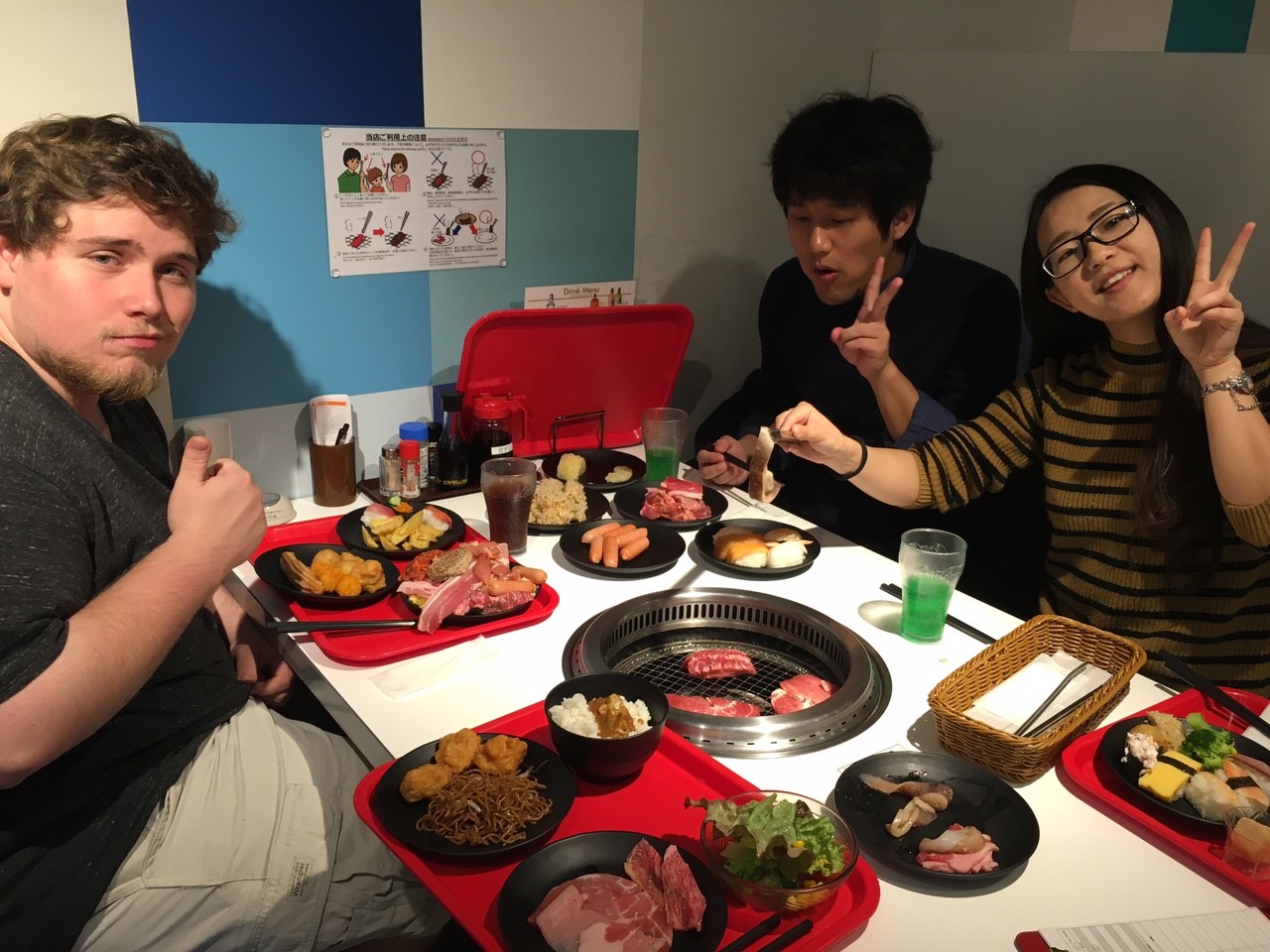
- Specialty Taiwan Ramen
It has many types of Chinese food。It`s fairly spicy but it is delicious。
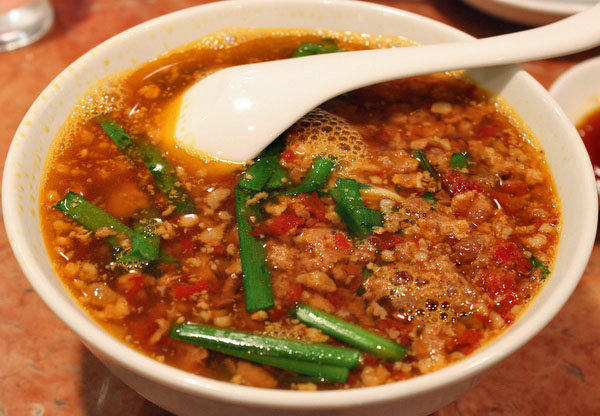
- Specialty「Aka Kara Nabe (Red Hot pot)」
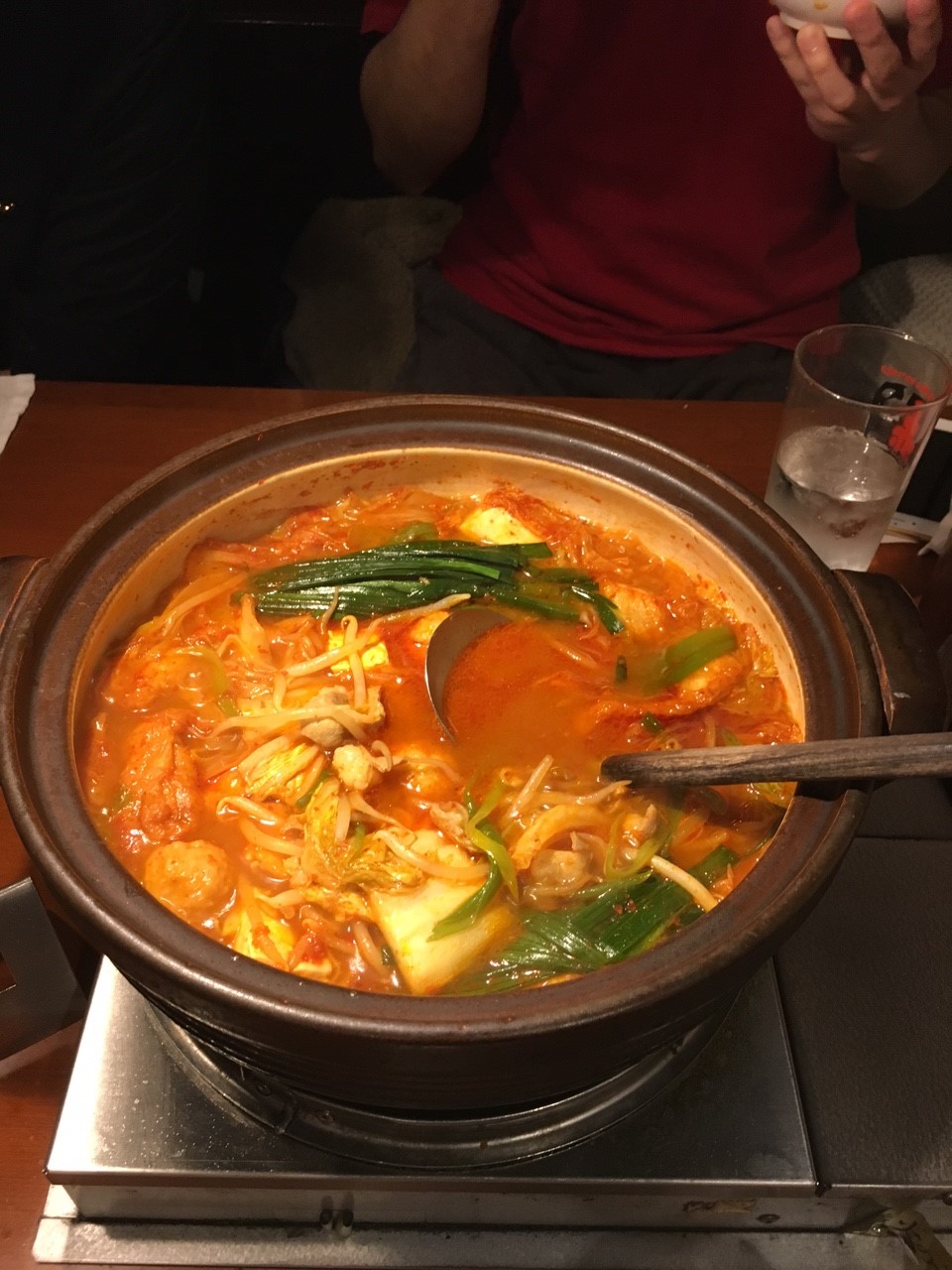
It is a spicy usually red colored dish。It is made with a soup consisting of red chili pepper and Nagoya miso flavor, with vegetables, chicken and various other items mixed in。
Location:Aichi Prefecture, Nagakute City井堀202。Business Hours:17:00 to24:00
- Places In Aichi
- Round One Game Center. It offers many things including bowling, darts, arcade games, billiards, mechanical bull, roller-skating rink and more. Shinmei-15 Ubukuji, Kitanagoya, Aichi Prefecture481-0035,Japan +81 568-26-4001
- Supermarket
- Kanesue This is a very convenient supermarket close to the University。It`s fairly cheap and contains a variety of items, highly reccommended。
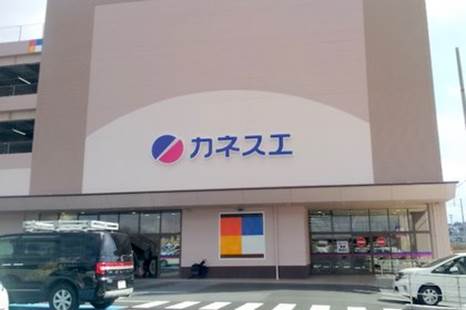
- Piago This is the closest supermarket, but may be a little more expensive。
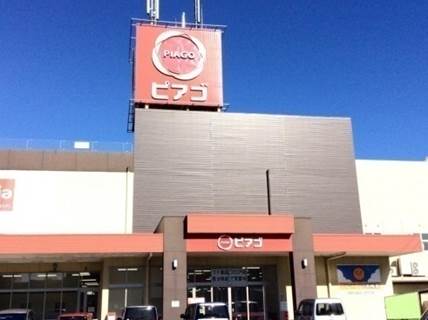
- Gyoum Super It is also relatively close to the university It is the cheapest but it is a little far。
- Aoki Super This is also close to the University It is a big supermarket with a lot of products、also having supplies you may want for daily life。
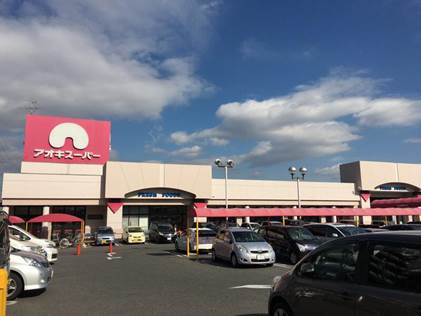
- Max Value It is open 24 hours、but it can be a little expensive。
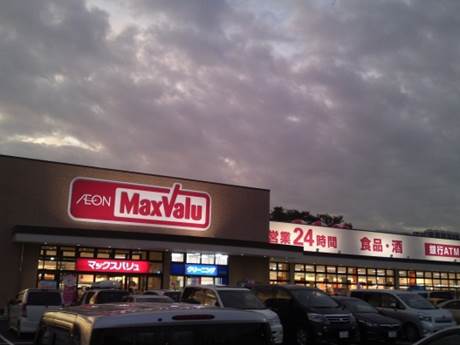
- V Drug It`s next to the International House.it has food, cosmetics, and medicine。

- Places Close to Aichi
- Nagashima Spa Land. It’s a rather large amusement park with Roller coasters. Located In Mie Prefecture. It houses the Aurora Wheel a 90 meter (295 ft) tall[4] and 83 meter(272 ft) in diameter Ferris Wheel. It is the 18th most visited in the world.
Onsen (Hot Spring)
- Nagakute Onsen:Natural Carbonic Spring(essentially Carbonated Water)。The largest in Japan。Getting in here will make your body feel refreshed and strong。It`s a famous Hot Spring!Usually it`s700\。There`s a free bus from Fujigaoka station。
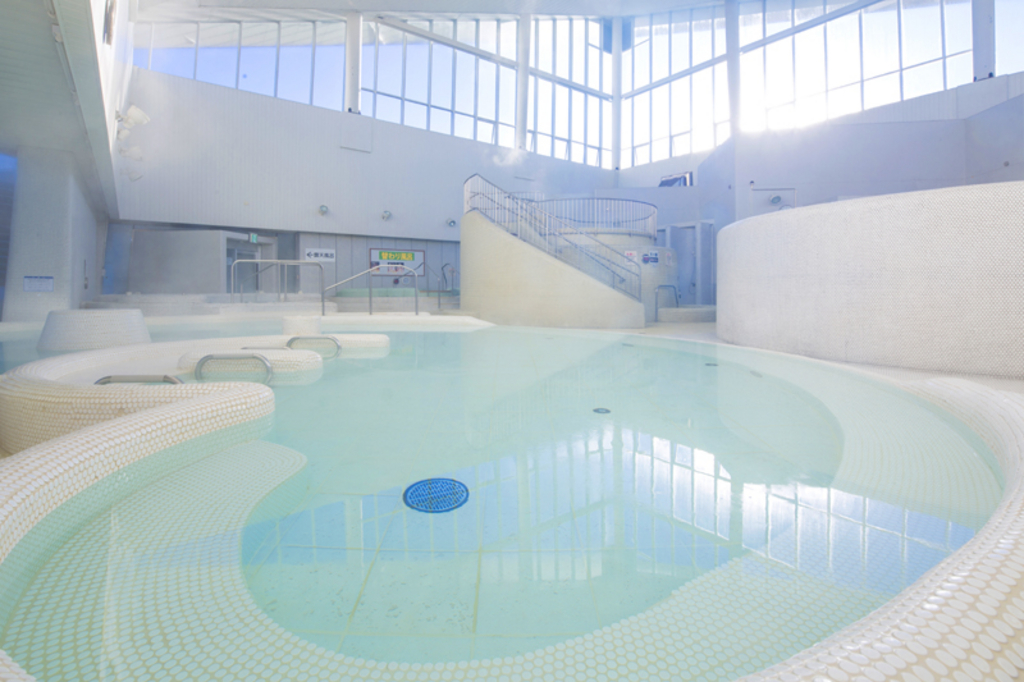
- Sanage Onsen : In eastern Nagoya、It`s spread across the base of Sanage mountain。It`s a famous landscape all across Japan。A one day 5-hour course for one person would cost about 6000\。Using that plan you can leisurely stay in a private room, get in the bath and eat。It uses the same bus station in Fujigaoka as Nagakute Onsen。
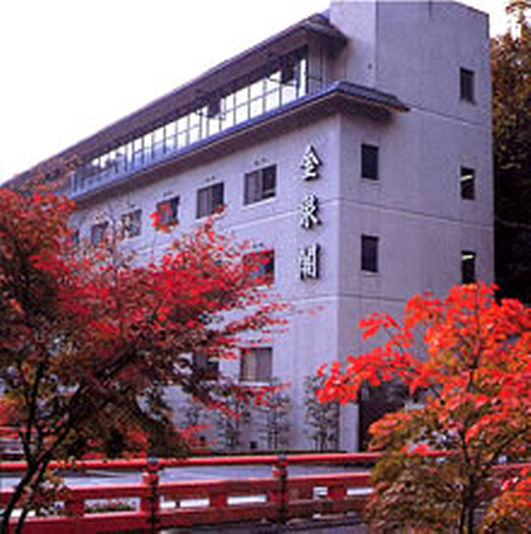
- Hanashobu:It is close to the University。「美汗房」is an interesting Onsen。A ticket for the weekdays would be700\ and the weekend800\。You can eat there as well。If you have time please go。

Nagoya Subway
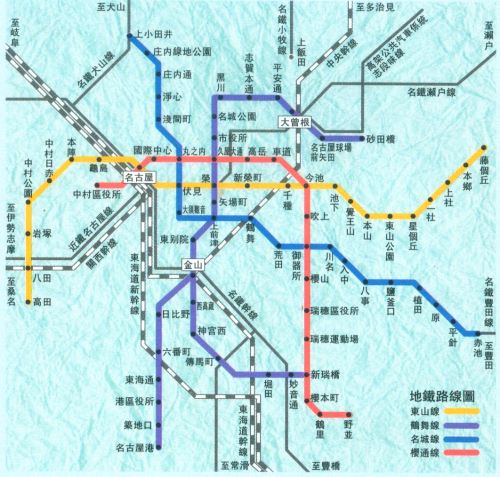
There are two ways, besides walking, to get to the subway from Aichi Shukutoku University.The first, is to take a Meitetsu bus to Fujigaoka Station and get on from there。The second is to take a Nagoya City bus to Hongo station.
Meitetsu Bus Timetable・Schedule
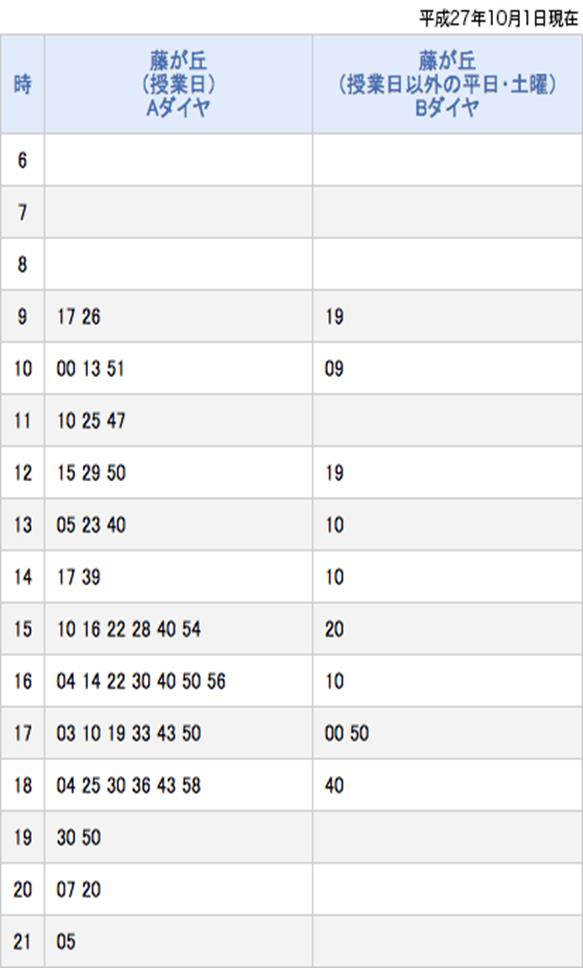
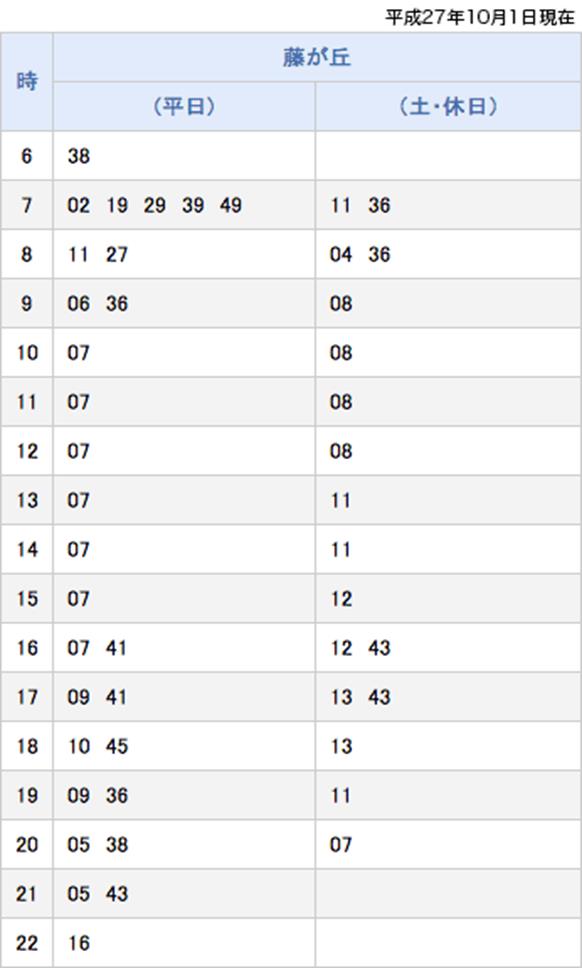
Leaving from Aichi Shukutoku Nagakute Katahira(Leaving for Aichi Shukutoku West Exit)

City Bus Timetable
One day Ticket Information
With the one day ticket(Ichi nichi jousaken) you can pay one price and can ride the buses and trains all day without extra charge, it`s convenient and economical。・There are three common ways of paying for the buses, and trains。
Bus and Train One day Ticket |
|
Adult850\ |
|
Weekend, holiday, and 8th day of the month ticket
When leaving on the weekend this ticket offers unlimited rides for a cheaper price.
「Donichieko Kippu」Saturday・Sunday・Holidays and on the 8th of every month – Adult 600\・Bus and Subway。
Day of Use |
Sat・Sun・Holiday・8th (Has a special schedule) |
Price |
Adult 600\ Child 300\ |
Location |
City Bus. Subway |
Place of Sale |
Subway Gate、Inside the bus、Stationmaster`s office、Manaca machine、Weekend Ticket machine.(Nagoya・Kanayama・Fujigaoka・Nonami・Akaike)、City Bus office、Transportation Services Center(For week long passes) |
If you show he weekend ticket to someone at Nagoya Castle, then Admission will become cheaper, that`s another advantage of these tickets.
Manaca
The Manaca card is the most convenient!!
You can put money on your Manaca card anytime, and use it at the convenient stores as well!
Type |
Feature |
Location |
Signed Manaca
|
You must sign your card with your Name、Gender, Birth Date, in order to use it |
Subway Station |
You can use it in all the places on the subway map。Even in another city, if it`s on the map.
Student Discount
Student Discounts for students at schools designated by the JR・In regards to students there are 2 discount systems for the JR。
To get the discount for the shinkansen You`ll need your student ID。You`ll receive it from your own school。The manner in which you receive it depends on your school, so you`ll need to ask student affairs。At most places the procedure is easy。
If you Have your student discount, go to the ticket window at the station and buy the ticket for the train you want。You can`t do it another way。
You can buy a student discounted ticket for the shinkansen to ride right after buying if you desire。
Concerning the sale of「Seishun18Ticket」
Seishun18Ticket |
||
|
||
Usage |
||
|
||
Place of sale |
Trains you can ride |
Trains you can`t ride |
Stations with green ticket window、chief travel agent(be careful of the operating hours)。 |
The regular trains and all lines of the JR regular、high speed(limited express、Comfort、special local train) 。BRT(Highway bus system)、JRWestern Japan to Miyajima ferry。 |
To ride these a specific ticket is needed。 |
http://www.meitetsu-bus.co.jp/ Meitetsu Bus
http://www.kotsu.city.nagoya.jp/bus/index.html Nagoya City Bus/Subway
http://www.jreast.co.jp/info/contact.html JR
Cost of living
While in Japan, there are various different things throughout your daily life that will cost money, for that purpose precise calculation is important。
Rent for the I-house is relatively inexpensive。Usually the cheapest rent in Nagoya is about 35000 Yen, or about 350$。The rent every month at the I-house is 20000 yen or 200$.Once all administrative costs are added it is raised to about 25000 yen or 250$, which is great for exchange students。
Cost of your meals will be different for each person。I think if you’re a woman it may be fairly cheap。The amount you pay is different for everything and everywhere you eat。
In Japan Chicken is the cheapest meat。Pork is a little expensive, but pretty much the same。Fish can be both inexpensive and expensive, though beef is kind of expensive。
If you’re a person that really likes meat, then 5000yen or 50$ a week should be sufficient。One month’s food cost should be about 20000 yen or 200$。
For someone that doesn’t eat much meat it will be cheaper。For example, Tofu and bean sprouts are really cheap。Normally vegetables are relatively inexpensive, however some can be more expensive than meat。
Fruits are kind of expensive and you don’t get that much so I think it’s more economical to not eat them very often。
The other daily necessities aren’t as important、therefore calculation isn’t needed。
That being said in one month someone who eats a lot of meat will easily spend 45000 yen, or 450$ or higher. There are some women here for whom 30000yen or 300$ is sufficient。This is the cheapest cost of living。There are situations where you won’t need to calculate、but you should pay attention to the money you spend。

Abe Sensei
Hobby: Reading books.
Message to incoming exchange students: Please decide your objectives and use the time you`re in Japan valuably.
Hioki Sensei
Hobby: Going to the Onsen.
Message to exchange students: Please, experience many different things, while in Japan.
Tabata Sensei
Hobby: Travelling and drinking beer
Message to exchange students: Studying Japanese is difficult, so try your best.
Suzuki Sensei
Hobby: Rolling seeds
Message to exchange students: Your life in Japan may be fun, but please keep studying.
Hazama Sensei
Hobby: Gardening and camping
Message to exchange students: Have fun, but don’t forget your objectives.
